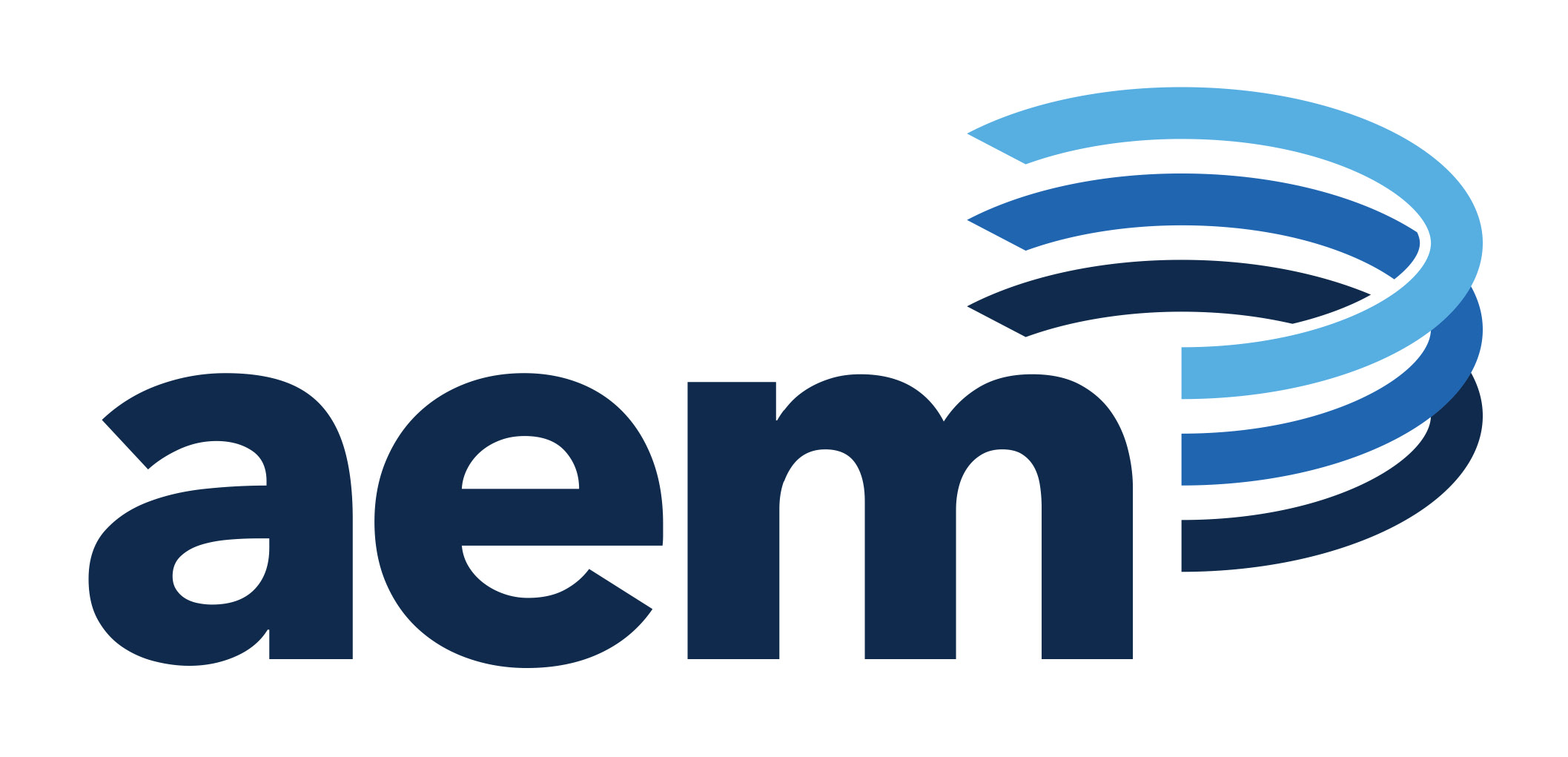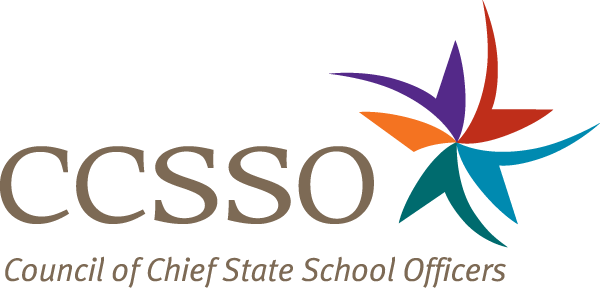
Steps to Equitably Include Deaf Students in Assessments
Standardized tests provide many uses in education such as documenting student achievement, measuring progress, and determining readiness for postsecondary education or employment. Test developers and administrators try to provide equitable testing experiences and advice, such as for state standardized assessments (Thurlow et al., 2020). However, test developers need to know that deaf students1 are often left out of the conversation about equitable testing.
There are three key steps to support deaf students in standardized testing:
- Understanding the characteristics and needs of deaf students
- Designing tests with deaf students in mind
- Administering tests with accommodations and other accessibility supports
Understand the Characteristics and Needs of Your Deaf Students
Deaf students are diverse and represent a full spectrum of language, educational backgrounds, and other disabilities. This is why it is important to know the characteristics and needs of deaf students who will be included in a test. Here are two ways to begin to better understand your deaf student population:
- Learn about deaf students’ language and communication backgrounds. Deaf children enter school with varying language and communication skills. Most deaf people (more than 90%) are born to hearing parents, a majority of whom do not use sign language. Lack of a shared language between deaf children and their family can lead to delays in critical steps of language acquisition.
- Learn about deaf students’ educational backgrounds. An increasing number of deaf students attend their local public school instead of a state school for the deaf. For deaf students, access to classroom learning in general education classrooms is often a challenge, even with instructional accommodations.
 Because deaf students’ backgrounds and knowledge are often not taken into consideration during test design, these tests often do not allow deaf people to show what they know. The National Deaf Center on Postsecondary Outcomes provides a wealth of resources on deaf students, including videos, an e-learning class, and other resources (NDC, 2021). Because deaf students’ backgrounds and knowledge are often not taken into consideration during test design, these tests often do not allow deaf people to show what they know. The National Deaf Center on Postsecondary Outcomes provides a wealth of resources on deaf students, including videos, an e-learning class, and other resources (NDC, 2021).
Design Equitable Tests for Deaf Students
The Standards for Educational and Psychological Testing (AERA, APA, & NCME, 2014) is a critical resource for all test development efforts. It outlines 20 fairness standards that are to be followed to ensure that tests are designed to be equitable and accessible by the widest range of people, including those who are deaf. Ways to apply the fairness standards to deaf test-takers at each step of test design, development, and administration are highlighted by the National Deaf Center on Postsecondary Education (2018). Three things that are especially important to remember include:
- Include deaf professionals during test design and development. It is important to consider the access needs of deaf test takers throughout the assessment design and development process. This work typically involves defining (a) the construct being measured, and (b) the access skills needed to demonstrate knowledge on that construct. Some test items require access skills that may create a barrier to accurately measuring the intended construct for deaf test takers. Experts in the field can help to identify and rectify issues related to access skills that are not relevant to the target construct.
- Ensure that test developers know the characteristics of deaf people when developing item templates. The characteristics of item templates to be included in an assessment should be informed by the characteristics of deaf people. For example, the level of language knowledge required should not be more complex than required by what is being measured in the test. Also, if video or audio components are included, they need to be captioned, and accessible at a minimum. Accessibility considerations also need to include how possible accommodations will interact with item templates.
- Collect information on items and test forms during pilot and field testing. During the test development process, collect appropriate data to document considerations for how deaf people access test content. Specifically, the data should illustrate that items and test forms are accessible for deaf people. When sample sizes are too small for group-level data analyses, test developers should conduct cognitive labs, focus groups, or interviews to obtain evidence of item and test form performance by deaf people.
The Standards provide additional strategies for designing equitable tests for deaf people.
Administer Tests with Accommodations to Improve Test Equity for Deaf Students
Several federal laws (e.g., American with Disabilities Act, Individuals with Disabilities Education Act, Section 504 of the Rehabilitation Act) require public schools to provide reasonable test accommodations. Accommodations and other accessibility supports should reduce barriers that are irrelevant to the knowledge and skills the test is designed to measure. For example, in a test that includes voiced instructions, deaf people may be provided captioned instructions, sign language interpretation, as well as extra time for reading and understanding the text. It is critical to consider why accommodations are important for deaf students and steps that can be taken to make these accommodations effective (National Deaf Center on Postsecondary Education, 2019). Some important steps are:
- Tailor accommodations based on students’ needs and preferences. Accommodations and other supports for testing should be similar to accommodations and other supports used during classroom instruction as long as they do not compromise the intended construct measured by the test. Students also need to be provided sufficient opportunities to practice using assessment accommodations and other supports long before test day.
- Ensure that requested accommodations do not interfere with what is being measured. Accommodations that are allowed for one subject area test or for one section of a test may not be allowed in another. Be sure to know the intended construct measured by a test or test section to make appropriate suggestions for accommodations or other supports.
- Educate and empower deaf people to understand and explain their accommodation needs. Provide opportunities during instruction and formative assessments for deaf test-takers to show how they understand test content (with and without accommodations) to better provide evidence for accommodations decisions.
- Offer American Sign Language (ASL) accommodation where appropriate. For paper-based tests, hire and train professional interpreters who have experience working with education, testing, and the specific content area being tested. Ensure the interpreter has access to test content prior to testing to allow for preparation and familiarity with key terms. For computer-based testing, consider making tests more accessible by using a team of content and ASL linguistics experts to develop ASL items for ASL speakers.
Test equity for deaf students is improved by strengthening knowledge of why accommodations are important for deaf students, understanding which accommodations are most common for deaf students, and what to consider when implementing accommodations.
Summary
The three key steps highlighted in this Brief are consistent with videos, classes, and other resources available from NDC. They extend existing guidance on providing equitable testing experiences in the Guidebook to Including Students with Disabilities and English Learners in Assessments developed by the National Center on Educational Outcomes (NCEO). Further, they are consistent with the Standards for Educational and Psychological Testing.
Footnote
1 The National Deaf Center (NDC) uses the term deaf in an all-inclusive manner to include people who identify as deaf, deafblind, deafdisabled, hard of hearing, late-deafened, and hearing impaired.
NCEO Brief #25, December 2021

The authors of this Brief are Stephanie W. Cawthon, Martha L. Thurlow, Linda Goldstone, and Jennifer Higgins.
NCEO Director, Sheryl Lazarus; NCEO Assistant Director,
Kristin Liu.
All rights reserved. Any or all portions of this document may be
reproduced and distributed without prior permission, provided the source
is cited as:
Cawthon, S. W., Thurlow, M. L., Goldstone, L., & Higgins, J. (2021, December). Steps to equitably include deaf students in assessments (NCEO Brief #25). National Center on Educational Outcomes and National Deaf Center on Postsecondary Outcomes.
This Brief was developed collaboratively by the National Center on Educational Outcomes (NCEO) and the National Deaf Center on Postsecondary Outcomes (NDC). NCEO is supported through Cooperative Agreement (#H326G160001) with the Research to Practice Division, Office of Special Education Programs, U.S. Department of Education. The Center is affiliated with the Institute on Community Integration at the College of Education and Human Development, University of Minnesota. NDC is jointly funded by a grant (H326D160001) through the U.S. Department of Educationís Office of Special Education Programs and the Rehabilitation Services Administration. The contents of this Brief do not necessarily represent the positions or policies of the federal government. NCEO Project Officer: David Egnor
NCEO works in collaboration with Applied Engineering Management (AEM), Council of Chief State School Officers (CCSSO), National Association of State Directors of Special Education (NASDSE), and WestEd.
The University of Minnesota is an equal opportunity employer and
educator.
This publication is available in alternative formats upon
request. Direct requests to:
National Center on Educational Outcomes
University of Minnesota • 207 Pattee Hall
150 Pillsbury Dr. SE • Minneapolis, MN 55455
Phone 612/626-1530 • Fax 612/624-0879 |
|

 Because deaf students’ backgrounds and knowledge are often not taken into consideration during test design, these tests often do not allow deaf people to show what they know. The National Deaf Center on Postsecondary Outcomes provides a wealth of resources on deaf students, including videos, an e-learning class, and other resources (NDC, 2021).
Because deaf students’ backgrounds and knowledge are often not taken into consideration during test design, these tests often do not allow deaf people to show what they know. The National Deaf Center on Postsecondary Outcomes provides a wealth of resources on deaf students, including videos, an e-learning class, and other resources (NDC, 2021).



